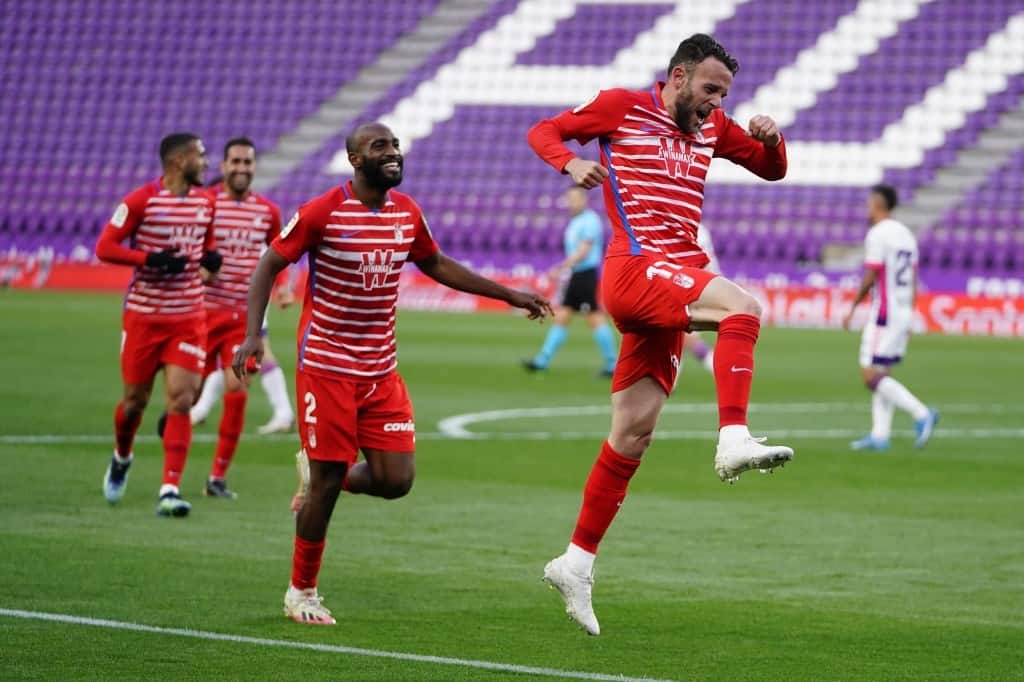For many, China's influence in professional sports leagues was clear when Beijing punished the NBA in 2019 after an NBA executive tweeted about demonstrators in Hong Kong. But a couple years earlier, China began moving in on a different beloved enterprise: European soccer.
The Chinese government began a push for sporting dominance in 2014, and soccer is a key area where Xi Jinping, a soccer fan himself, wants to lead. Over the past few years, teams in the Chinese Super League have paid
Subscribe or login to read the rest.
Subscribers get full access to:
- Exclusive longform investigative journalism, Q&As, news and analysis, and data on Chinese business elites and corporations. We publish China scoops you won't find anywhere else.
- A weekly curated reading list on China from Andrew Peaple.
- A daily roundup of China finance, business and economics headlines.
We offer discounts for groups, institutions and students. Go to our
Subscriptions page for details.
Includes images from Depositphotos.com

